A recent study indicates that an individual’s income and ethnicity may have an impact on the quality of the air they breathe.( air pollution)
The amount of air pollution has decreased more in affluent communities and less in locations with higher concentrations of American Indian or Hispanic residents. The researchers discovered that while there has been a significant overall decline in U.S. emissions, the extent of the shift varied depending on demography.
Lead researcher Yanelli Nunez, an environmental health scientist at Columbia University’s Mailman School of Public Health in New York City, stated that “policies specifically targeting reductions in overburdened populations could support more just reductions in air pollution and reduce disparities in it exposure.”
Also read-Unveiling The Marvels Of Vitamin B12: A Comprehensive Guide
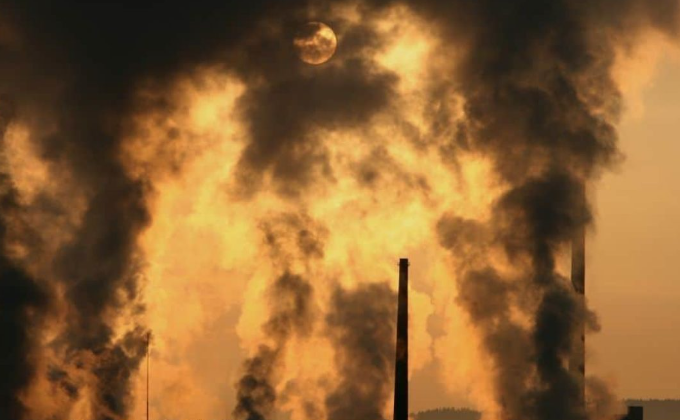
“This is an important lesson gained from 53 years of Clean Air Act implementation, which is particularly relevant as we develop policies to transition to renewable energy sources, which will have a collateral impact on air quality and, as a result, on public health,” Nunez added in a university news release. For the study, Nunez’ team analyzed emissions data from the Global Burden of Disease Major Sources inventory, a collaborative academic project involving three different universities.
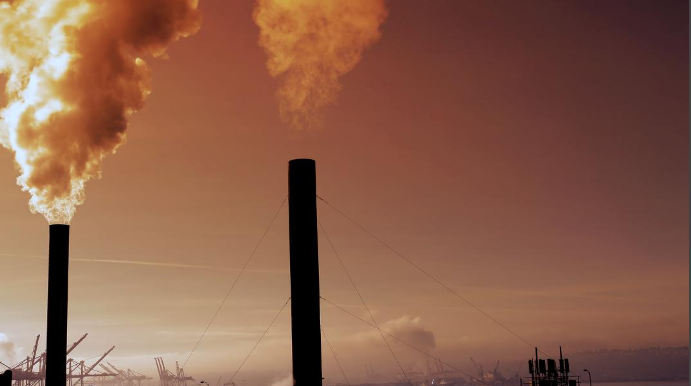
On average, U.S. it emissions declined substantially from 1970 to 2010 from all sources, except for ammonia emissions from agriculture fertilizer and organic carbon particle emissions from indoor heating in the residential sector, researchers said. Despite this overall downward trend, certain groups of people experienced relatively smaller reductions or even increases in it, the team found.
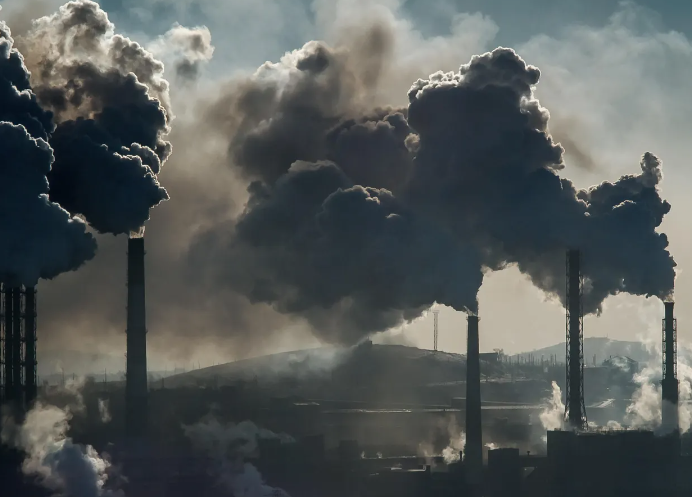
For example, counties with a larger percentage of Hispanics or American Indians tended to have relative increases in sulfur dioxide, nitrogen oxides and ammonia, the data revealed. Further, the overall reduction in emissions tended to be even greater in counties with a higher average family income. The new study was published Jan. 17 in the journal Nature Communications.

“We also know that neighborhood-level air pollution inequities are common,” senior researcher Marianthi-Anna Kioumourtzoglou, an associate professor of environmental health sciences at Columbia Mailman School, said. “Air pollution emissions do not perfectly capture population air pollution exposure.”
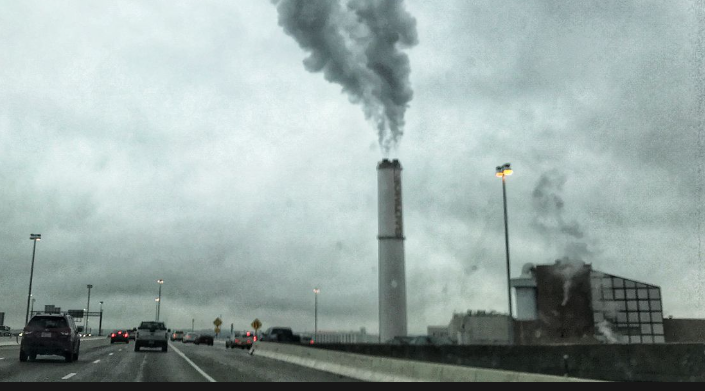
Air pollution and your health
Air pollution is a familiar environmental health hazard. We know what we’re looking at when brown haze settles over a city, exhaust billows across a busy highway, or a plume rises from a smokestack. Some air pollution is not seen, but its pungent smell alerts you.
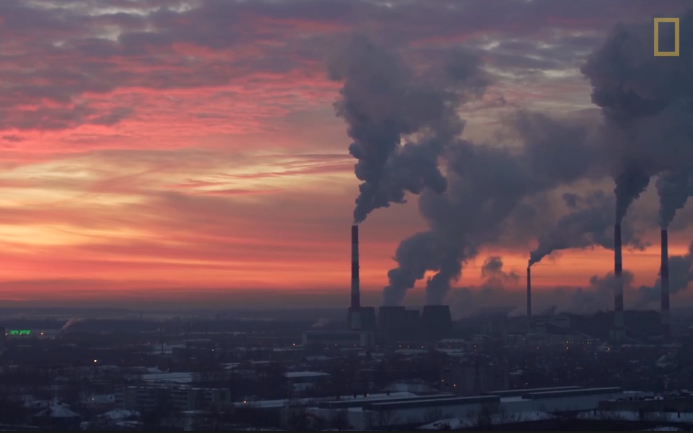
What is air pollution?
Air pollution is a mix of hazardous substances from both human-made and natural sources. Vehicle emissions, fuel oils and natural gas to heat homes, by-products of manufacturing and power generation, particularly coal-fueled power plants, and fumes from chemical production are the primary sources of human-made air pollution. Nature releases hazardous substances into the air, such as smoke from wildfires, which are often caused by people; ash and gases from volcanic eruptions; and gases, like methane, which are emitted from decomposing organic matter in soils.

What is NIEHS doing?
Over its 50-plus-year history, NIEHS has been a leader in air pollution research. The institute continues to fund and conduct research into how air pollution affects health and the population groups who are most affected.

Who is most impacted by air pollution?
All people are impacted by air pollution; however, some may be more severely affected than others.
Air pollution affects about nine out of ten people who reside in metropolitan areas worldwide.
Ozone, an atmospheric gas, is often called smog when at ground level. It is created when pollutants emitted by cars, power plants, industrial boilers, refineries, and other sources chemically react in the presence of sunlight.
Noxious gases, which include carbon dioxide, carbon monoxide, nitrogen oxides (NOx), and sulfur oxides (SOx), are components of motor vehicle emissions and byproducts of industrial processes.
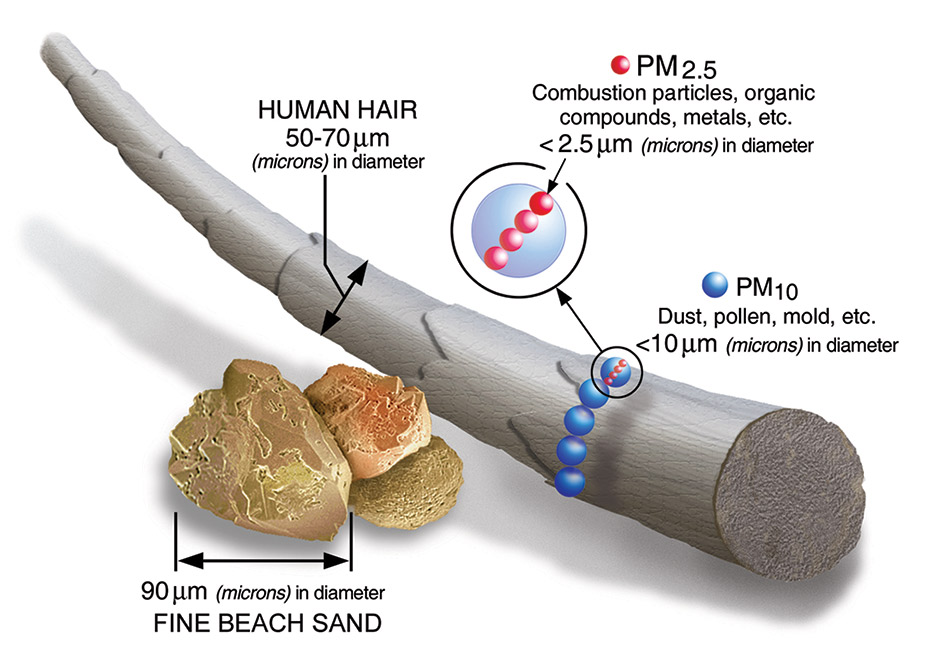
Particulate matter (PM) is composed of chemicals such as sulfates, nitrates, carbon, or mineral dust. Vehicle and industrial emissions from fossil fuel combustion, cigarette smoke, and burning organic matter, such as wildfires, all contain PM.
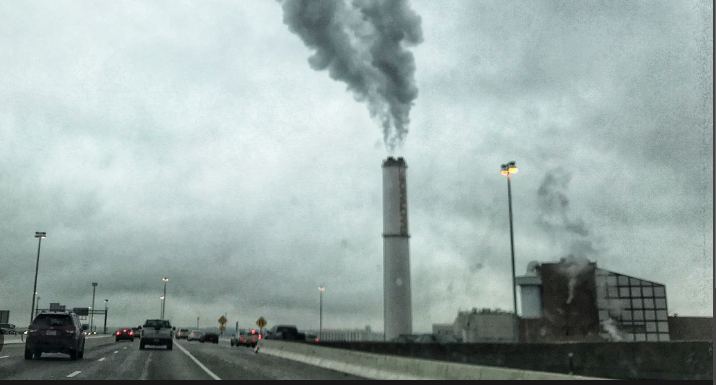
Also read-The Ultimate Guide To Vitamin K: Importance, Deficiency, And Sources
images source: Google
Disclaimer: The opinions and suggestions expressed in this article are solely those of the individual analysts. These are not the opinions of HNN. For more, please consult with your doctor




































